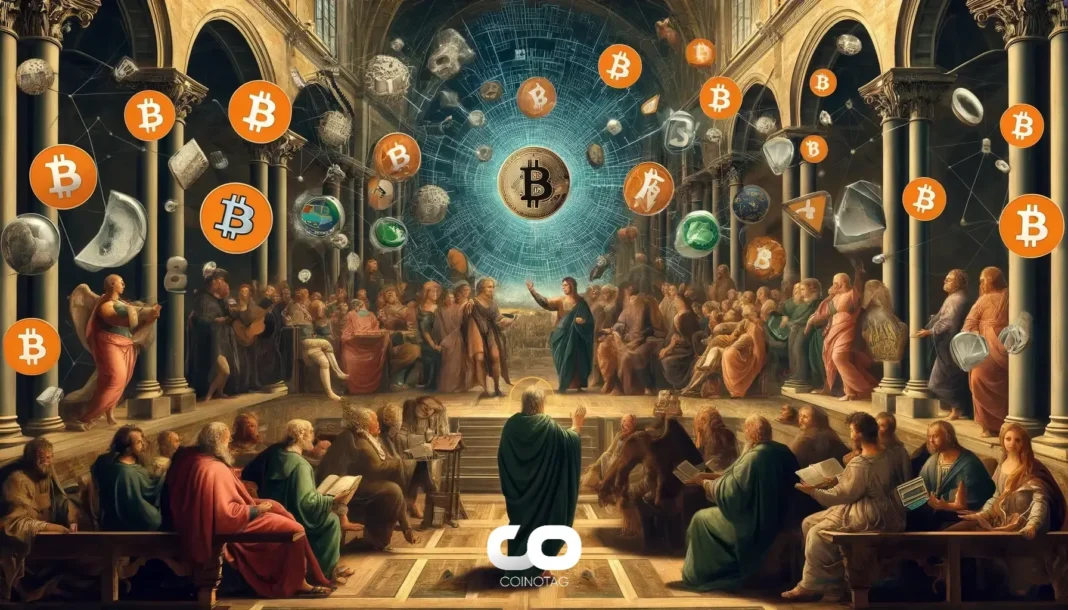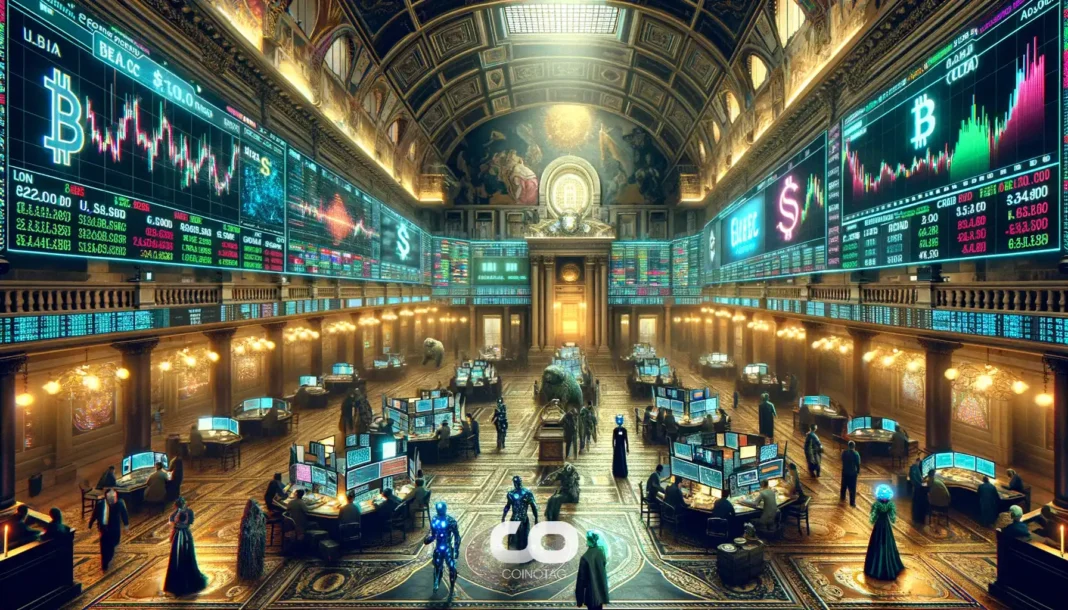-
Ripple CEO Brad Garlinghouse projects that the XRP Ledger (XRPL) could capture up to 14% of SWIFT’s global liquidity within the next five years, emphasizing XRP’s liquidity role rather than replacing SWIFT’s messaging infrastructure.
-
Despite no formal partnership, Ripple highlights the potential for blockchain interoperability as SWIFT transitions to the ISO 20022 messaging standard in 2025.
-
According to COINOTAG sources, Ripple’s recent announcements at the XRP Ledger Apex 2025 event signal a strategic expansion beyond cross-border payments, including new sidechain developments and tokenized asset support.
Ripple aims for XRPL to capture 14% of SWIFT liquidity by 2029, focusing on liquidity solutions amid SWIFT’s ISO 20022 upgrade and Ripple’s expanding ecosystem.
Ripple’s Vision: Capturing a Significant Share of SWIFT’s Liquidity Market
At the XRP Ledger Apex 2025 conference, Ripple CEO Brad Garlinghouse outlined an ambitious forecast for the XRP Ledger, predicting it could command 14% of SWIFT’s liquidity within five years. This projection underscores Ripple’s strategic focus on liquidity provision rather than attempting to replace SWIFT’s entrenched messaging system. RippleNet, Ripple’s global payments network, already supports hundreds of banks worldwide, but XRP’s direct usage through On-Demand Liquidity (ODL) remains concentrated among select partners such as MoneyGram, SBI Holdings, and Santander.
Garlinghouse emphasized, “SWIFT today has two components—messaging and liquidity. Liquidity is owned by banks. I think less about the messaging and more about liquidity. If you’re driving all the liquidity, it’s good for XRP.” This focus on liquidity highlights Ripple’s intent to position XRP as a complementary asset that enhances cross-border payment efficiency by reducing settlement times and costs.
SWIFT’s ISO 20022 Upgrade: A Gateway for Blockchain Integration
While no formal partnership exists between Ripple and SWIFT, the latter’s upcoming transition to the ISO 20022 messaging standard in November 2025 opens new avenues for interoperability with blockchain networks like XRPL. This upgrade aims to standardize financial messaging globally, potentially enabling smoother integration of blockchain-based liquidity solutions into traditional banking infrastructure.
Ripple’s CTO, David Schwartz, addressed a critical auditing challenge in financial transactions during the event, stating, “The big problem with auditing is if I hand you a bunch of records and I tell you to audit them, you can say these records are cool. The problem arises if I owe someone money or have something outstanding not included in the provided records.” This insight underscores the importance of transparency and immutable record-keeping, areas where blockchain technology offers distinct advantages.
XRPL’s Competitive Advantages Over Traditional Payment Systems
The XRP Ledger’s rapid settlement capabilities present a stark contrast to SWIFT’s traditional multi-day cross-border payment processes. XRPL typically settles transactions within three to five seconds, significantly reducing counterparty risk and liquidity lock-up. Additionally, transaction costs on XRPL are a fraction of a cent, compared to SWIFT’s fees ranging from $20 to $50 per transfer. These efficiencies position XRPL as a compelling alternative for financial institutions seeking to optimize liquidity management and reduce operational expenses.
Expanding the Ripple Ecosystem: EVM-Compatible Sidechain and Tokenized Assets
At Apex 2025, Ripple announced major ecosystem enhancements, including the launch of an Ethereum Virtual Machine (EVM)-compatible sidechain. This development facilitates seamless integration with Ethereum-based decentralized applications, broadening XRPL’s utility beyond payments. Furthermore, Ripple is enhancing support for tokenized real-world assets, such as US Treasuries, signaling a strategic move into asset tokenization and decentralized finance (DeFi) sectors.
These initiatives demonstrate Ripple’s ambition to evolve XRPL into a versatile blockchain platform capable of supporting diverse financial instruments and use cases, thereby attracting a wider range of institutional participants.
Regulatory Landscape and Litigation Outlook
Ripple’s ongoing legal battle with the U.S. Securities and Exchange Commission (SEC) remains a pivotal factor influencing market sentiment and institutional adoption. In April, both parties agreed to pause appeals for a 60-day settlement window, with a status report due by June 16, 2025. Should the SEC fail to meet this deadline, litigation proceedings are expected to resume, potentially extending into 2026.
Resolving this lawsuit is a critical priority for Ripple, as a favorable outcome would remove significant regulatory uncertainty and pave the way for broader XRP adoption within the financial sector.
Conclusion
Ripple’s strategic focus on liquidity provision through the XRP Ledger, combined with the anticipated interoperability enabled by SWIFT’s ISO 20022 upgrade, positions XRPL as a formidable player in the evolving global payments landscape. The introduction of an EVM-compatible sidechain and enhanced tokenization capabilities further expand Ripple’s ecosystem, signaling a shift towards a more comprehensive blockchain platform. While regulatory challenges persist, Ripple’s ongoing developments and partnerships underscore its commitment to driving innovation and efficiency in cross-border finance.







